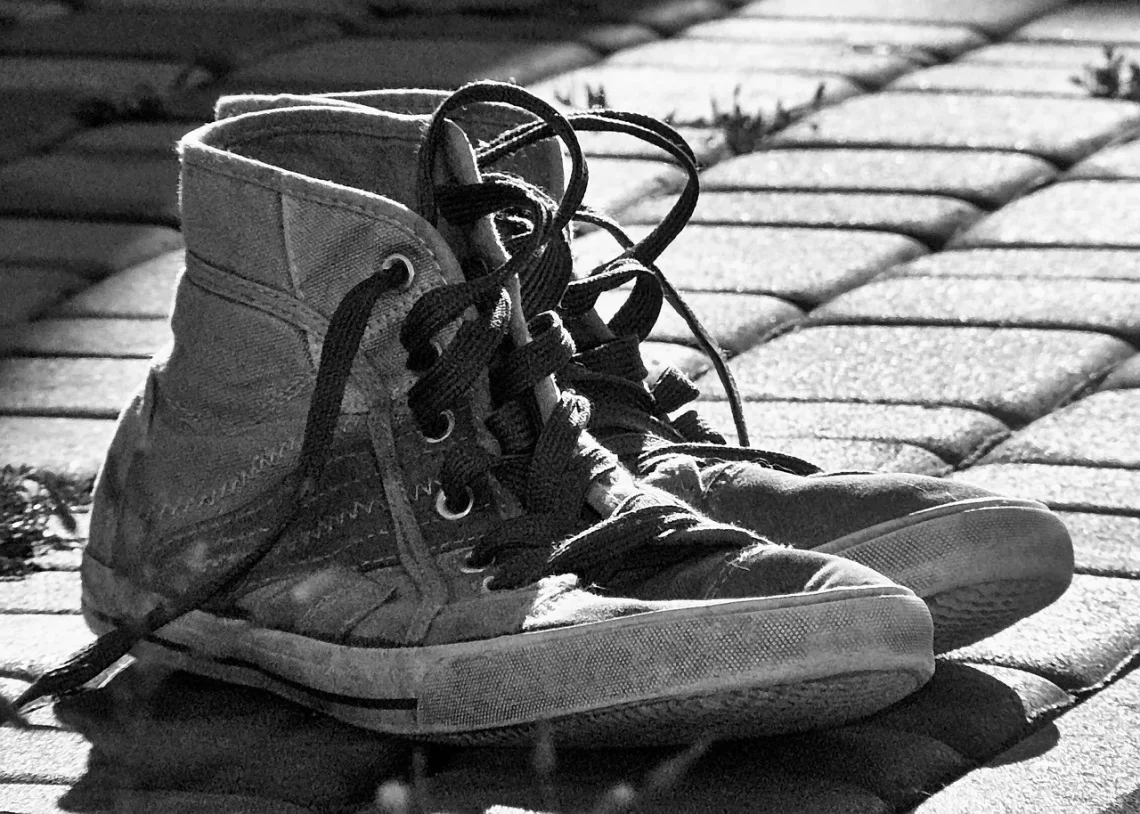
The Best Footwear Options for Comfort with Flat Feet
When it comes to finding the right footwear, comfort is often a top priority, especially for individuals with flat feet. Flat feet, or fallen arches, can lead to various discomforts and complications, making it essential to choose shoes that provide proper support and cushioning. The right footwear can transform daily activities, allowing individuals to walk, run, and stand without pain or fatigue.
Choosing shoes for flat feet requires an understanding of the unique needs that arise from this condition. Flat feet can lead to a variety of issues, including overpronation, which can affect the alignment of the entire body. Therefore, selecting footwear that offers stability, arch support, and cushioning is crucial for maintaining comfort and preventing injuries. As you explore various footwear options, it’s essential to consider not only style and fit but also the specific features that can promote optimal foot health.
In this article, we will delve into some of the best footwear options available for individuals with flat feet. Each option will be examined for its unique qualities and benefits, helping you make an informed decision that will enhance your comfort and overall foot health.
Understanding Flat Feet and Their Impact on Footwear Choices
Flat feet occur when the arches of the feet are lower than normal, causing the entire foot to come into contact with the ground. This condition can be hereditary and may develop due to various factors, including age, injury, or certain medical conditions. Understanding the mechanics of flat feet is essential for choosing the right footwear.
Individuals with flat feet often experience overpronation, where the foot rolls inward excessively during walking or running. This can lead to misalignment of the knees and hips, contributing to discomfort not only in the feet but also in the lower back. Therefore, footwear designed for flat feet should focus on providing adequate arch support and stability to help counter these issues.
Cushioning is another critical aspect to consider. With flat feet, the lack of a natural arch can lead to increased pressure on certain areas of the foot. Shoes that offer ample cushioning can help absorb impact and reduce fatigue during long periods of standing or walking.
Additionally, individuals with flat feet should be cautious about the types of shoes they choose. High heels, flip-flops, and other unsupportive footwear can exacerbate problems associated with flat feet. Instead, opting for shoes with a supportive structure can mitigate discomfort and promote better foot health.
Features to Look for in Footwear for Flat Feet
When selecting footwear for flat feet, certain features can significantly enhance comfort and support. Firstly, arch support is paramount. Shoes with built-in arch support can help distribute weight evenly across the foot, reducing pressure on the arches and preventing discomfort.
Another essential feature is cushioning. Look for shoes with ample padding in the insole and midsole areas. This cushioning helps absorb shock and provides comfort during prolonged use. Additionally, a cushioned heel can alleviate pressure on the back of the foot, further enhancing comfort.
Stability is also crucial for individuals with flat feet. Shoes designed for stability often have a firmer midsole that helps control motion and prevent overpronation. This feature is particularly important for active individuals who engage in running or other high-impact activities.
Moreover, the shoe’s fit is vital. A well-fitting shoe should offer enough room for the toes to move without feeling constricted. A snug fit around the heel can prevent slipping and blisters while maintaining overall comfort.
Lastly, consider the shoe’s outsole. A durable and slip-resistant outsole is essential for providing traction and stability on various surfaces. This feature not only enhances comfort but also ensures safety during daily activities.
Recommended Footwear Styles for Comfort and Support
Several footwear styles are particularly well-suited for individuals with flat feet, each offering unique benefits to enhance comfort and support. One popular option is running shoes specifically designed for stability. These shoes typically feature a supportive midsole and strategic cushioning designed to accommodate the needs of flat-footed individuals. Brands like ASICS and Brooks offer models that incorporate technology to promote stability and comfort during runs.
Another great option is walking shoes, which are designed for everyday wear. Walking shoes often prioritize cushioning and support, making them ideal for individuals who spend long hours on their feet. Look for styles that feature breathable materials and cushioned insoles for maximum comfort.
Sandals can also be a viable choice, provided they offer adequate support. Many brands specialize in sandals designed for flat feet, incorporating arch support and cushioned footbeds. This makes them suitable for warmer weather while ensuring that comfort is not compromised.
Additionally, orthotic-friendly shoes are an excellent choice for those who require custom insoles. Many shoe brands now design styles that accommodate orthotics, allowing individuals to customize their footwear for optimal support. These shoes often feature removable insoles and ample space to accommodate additional cushioning.
Lastly, consider using insoles or inserts specifically designed for flat feet. These can be placed inside various types of shoes to provide extra arch support and cushioning, enhancing overall comfort.
Maintaining Foot Health with Proper Footwear Practices
Choosing the right footwear is just one aspect of maintaining foot health for individuals with flat feet. Proper footwear practices can significantly contribute to overall comfort and well-being. Firstly, it’s crucial to replace worn-out shoes regularly. Over time, the cushioning and support in shoes can degrade, leading to discomfort and potential issues with foot alignment.
When trying on new shoes, it’s best to do so later in the day when your feet are slightly swollen. This helps ensure a better fit and reduces the risk of purchasing shoes that may be too tight. Always walk around in the shoes to assess comfort and support before making a purchase.
Additionally, consider the type of activities you engage in when selecting shoes. Different activities may require specific footwear to provide adequate support. For instance, running shoes are designed for forward motion, while cross-training shoes offer versatility for various exercises.
If you experience persistent discomfort or foot pain, consulting with a podiatrist or foot specialist is advisable. They can provide personalized recommendations and assess your specific needs, offering insights into the best footwear options available.
Lastly, take the time to stretch and strengthen your feet regularly. Incorporating exercises that target the muscles in your feet can improve strength and flexibility, ultimately contributing to better foot health.
**Disclaimer:** This article is for informational purposes only and does not constitute medical advice. For any health concerns or issues related to your feet, please consult a qualified healthcare professional.




